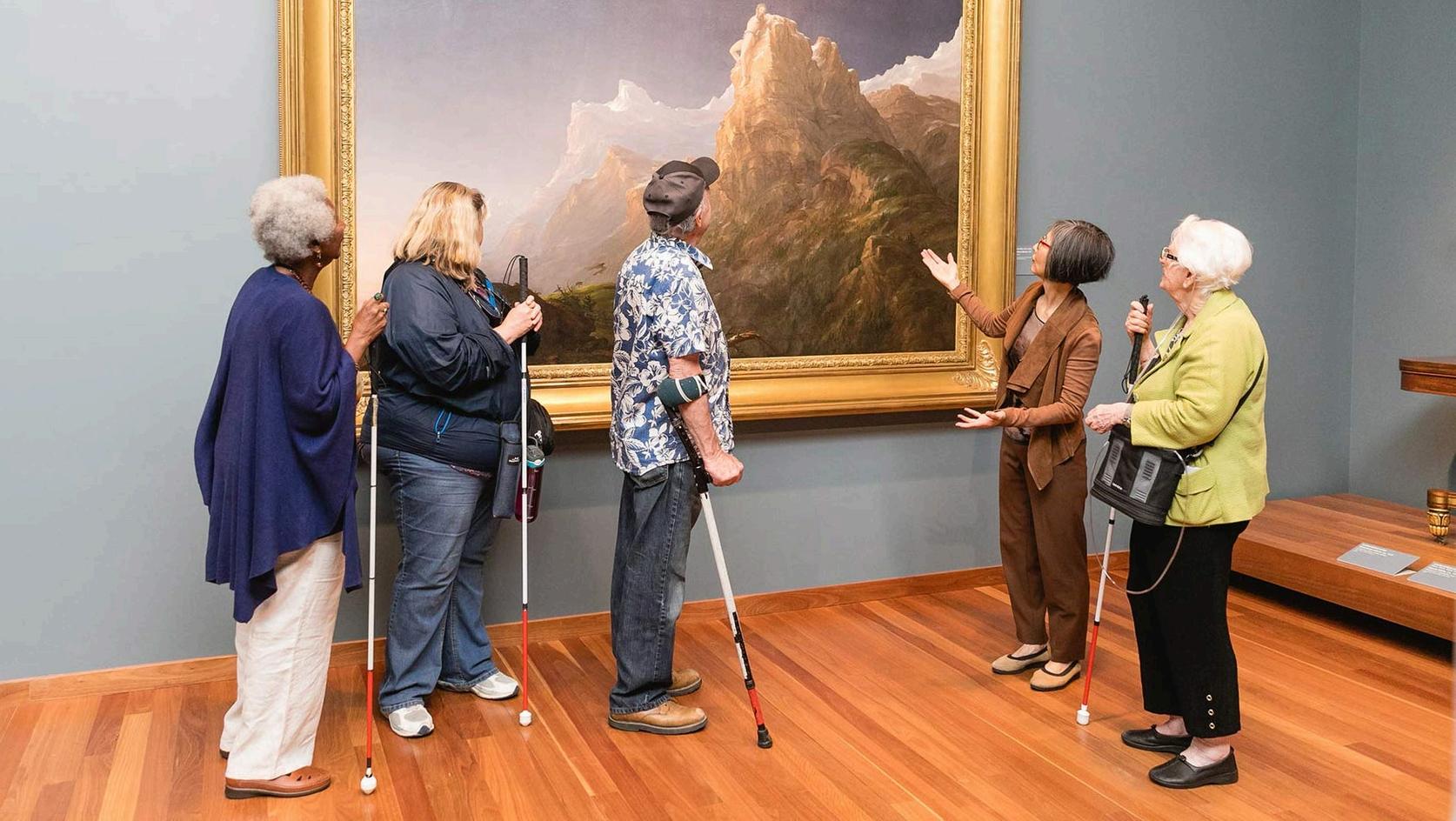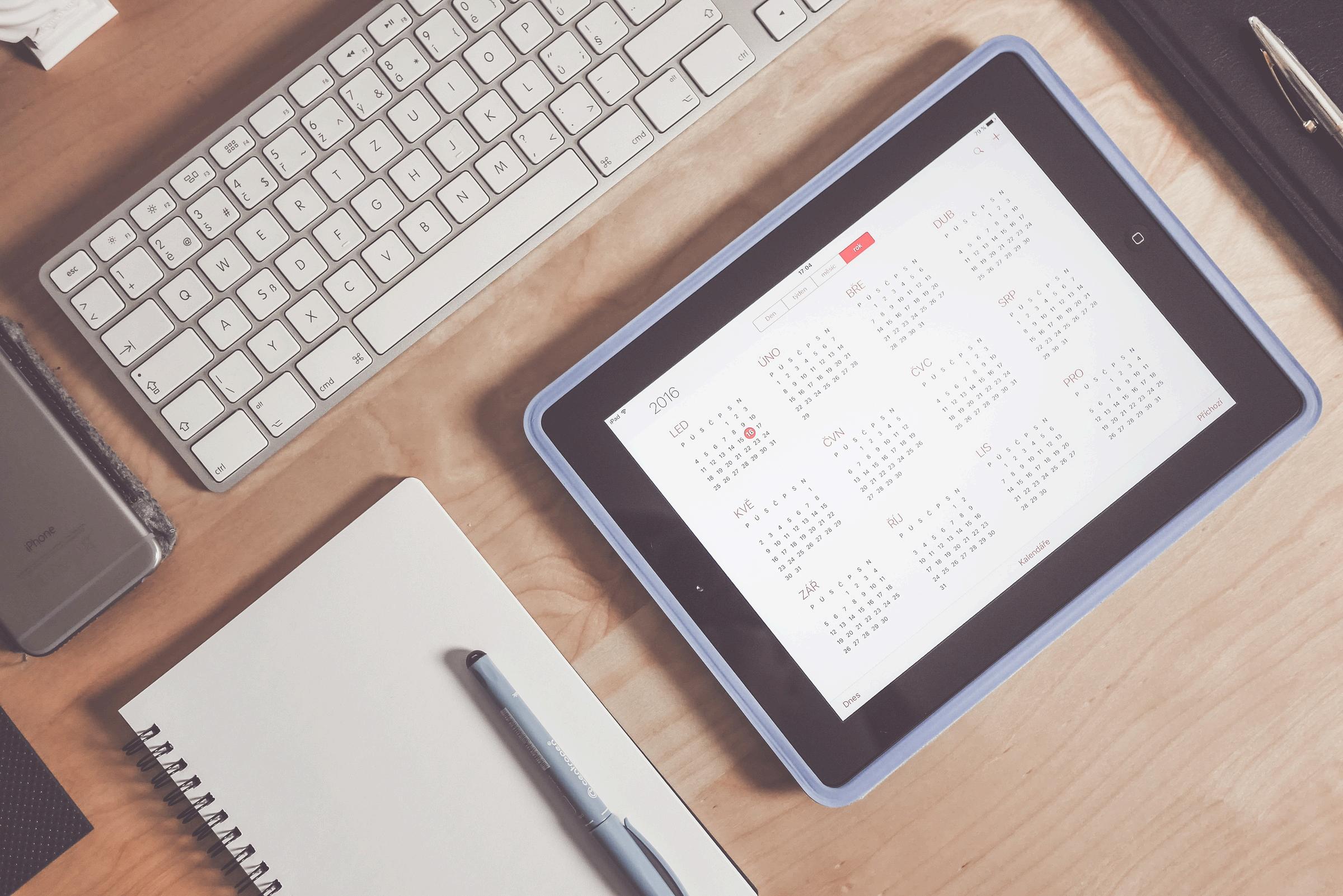

Introduction to the Museum of the Future
Overview: Located in Dubai's Financial District, the Museum of the Future is an architectural marvel and a hub for innovation.
Mission: To explore and promote technological advancements shaping our future.
Architectural Design: The building's unique torus shape, adorned with Arabic calligraphy, symbolizes humanity and innovation.

ttps://signaturesteering.com/
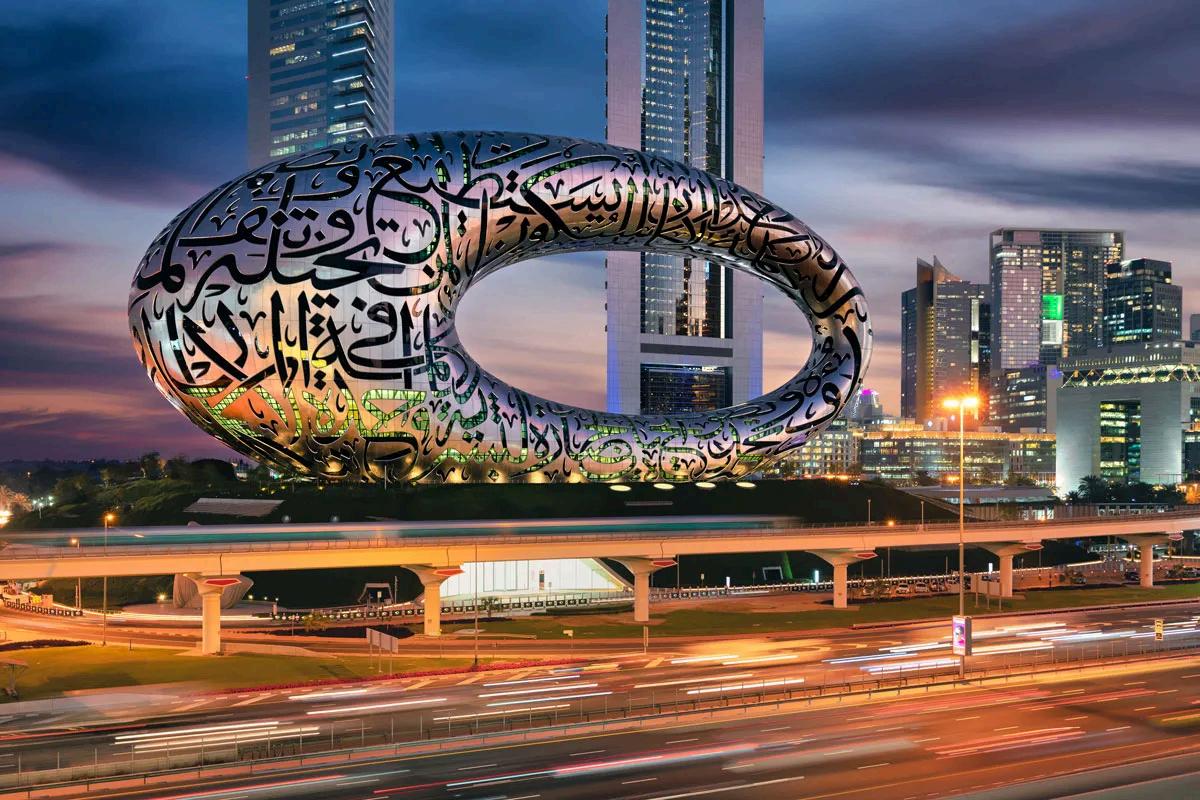
Operating Hours
Daily Operations: Open every day from 9:30 AM to 9:00 PM.
Ticket Availability: Tickets are available daily from 9:30 AM to 7:00 PM.
Recommended Visit Duration: Visitors typically spend 2-3 hours exploring the exhibits.
Last Admission: Final entry is at 7:30 PM to ensure ample exploration time.
Special Events: Extended hours may apply during special exhibitions or events.
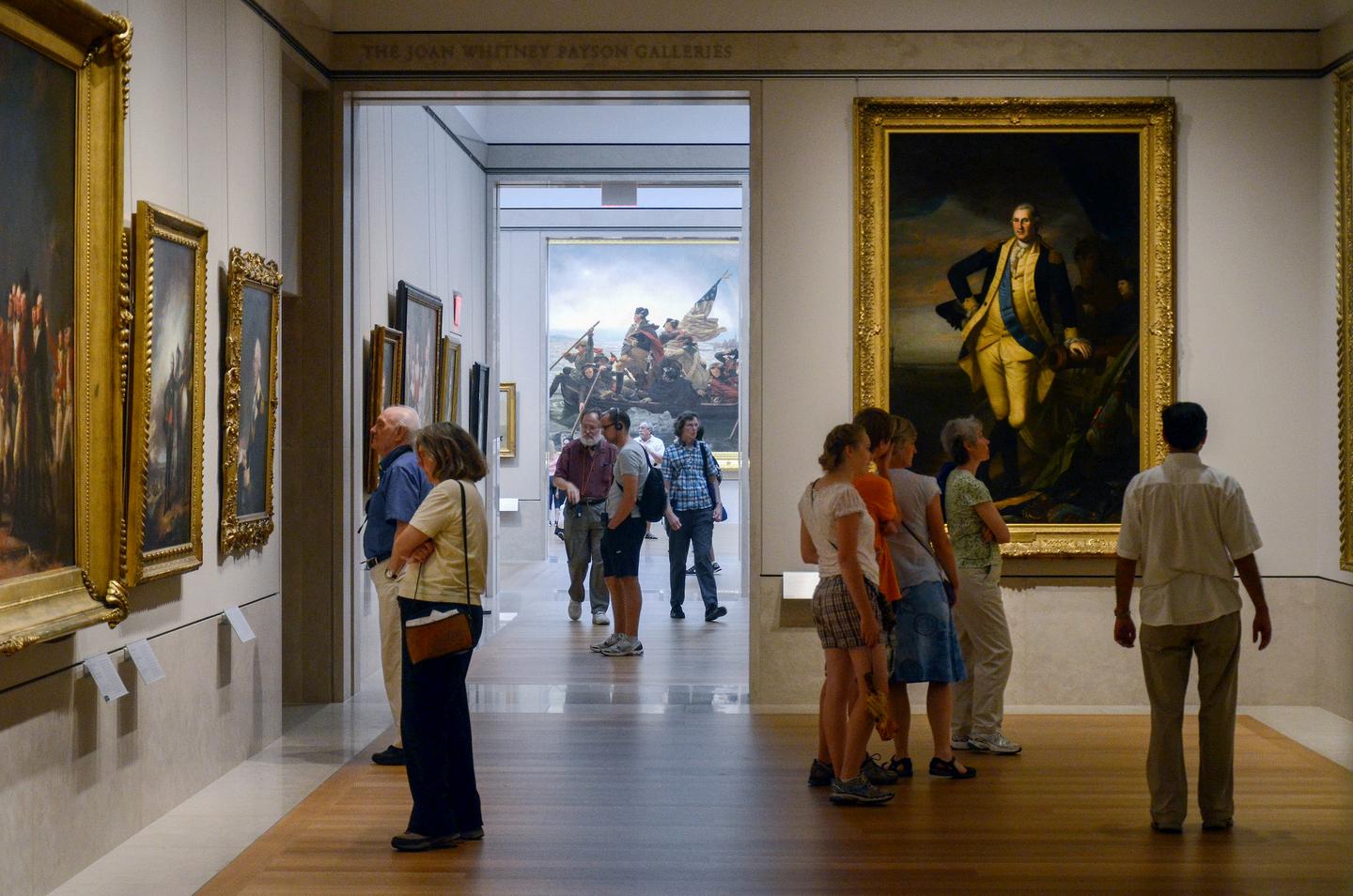

Ticket Information
General Admission: Tickets priced at AED 149 for visitors aged 3 and above.
Children Under 3: Free entry; however, a ticket is still required for admission.
Booking Channels: Tickets can be purchased online through the official website or at on-site kiosks.
Time-Specific Entry: All tickets are date and time-specific to manage crowd flow.


Getting There
Location: Adjacent to Jumeirah Emirates Towers on Sheikh Zayed Road, Dubai.
By Metro: Emirates Towers Station (Red Line) connects directly to the museum via a link bridge.
By Bus: Routes 27, 29, and X22 stop at Emirates Towers, a short walk from the museum.
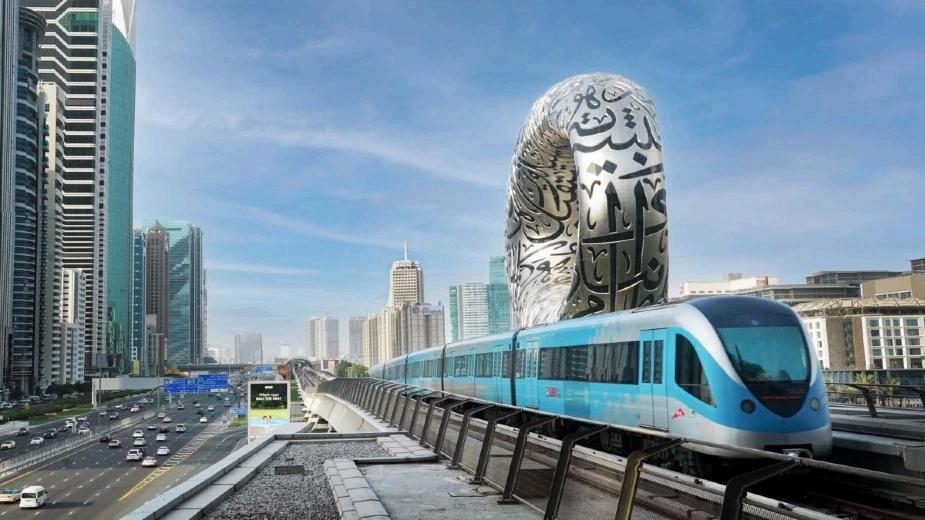

Exhibits and Attractions
Tomorrow Today" Exhibit: Showcasing futuristic innovations that address global challenges.
"Future Heroes" Zone: Interactive space designed for children to develop critical thinking and problem-solving skills.
"Journey to the Future": A simulated space experience exploring life beyond Earth.
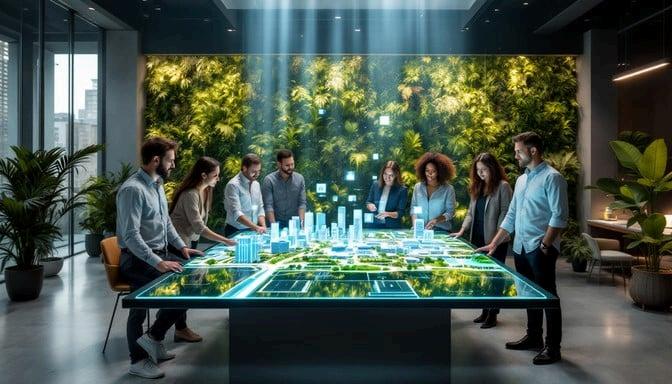
Guided Tours and Experiences
Guided Tours: Available in multiple languages, offering in-depth insights into the exhibits.
Self-Guided Tours: Use the official mobile app for an interactive experience.
Virtual Reality Tours: Provides a 360-degree exploration of the museum's future concepts. School and University Tours: Special educational programs tailored for students.
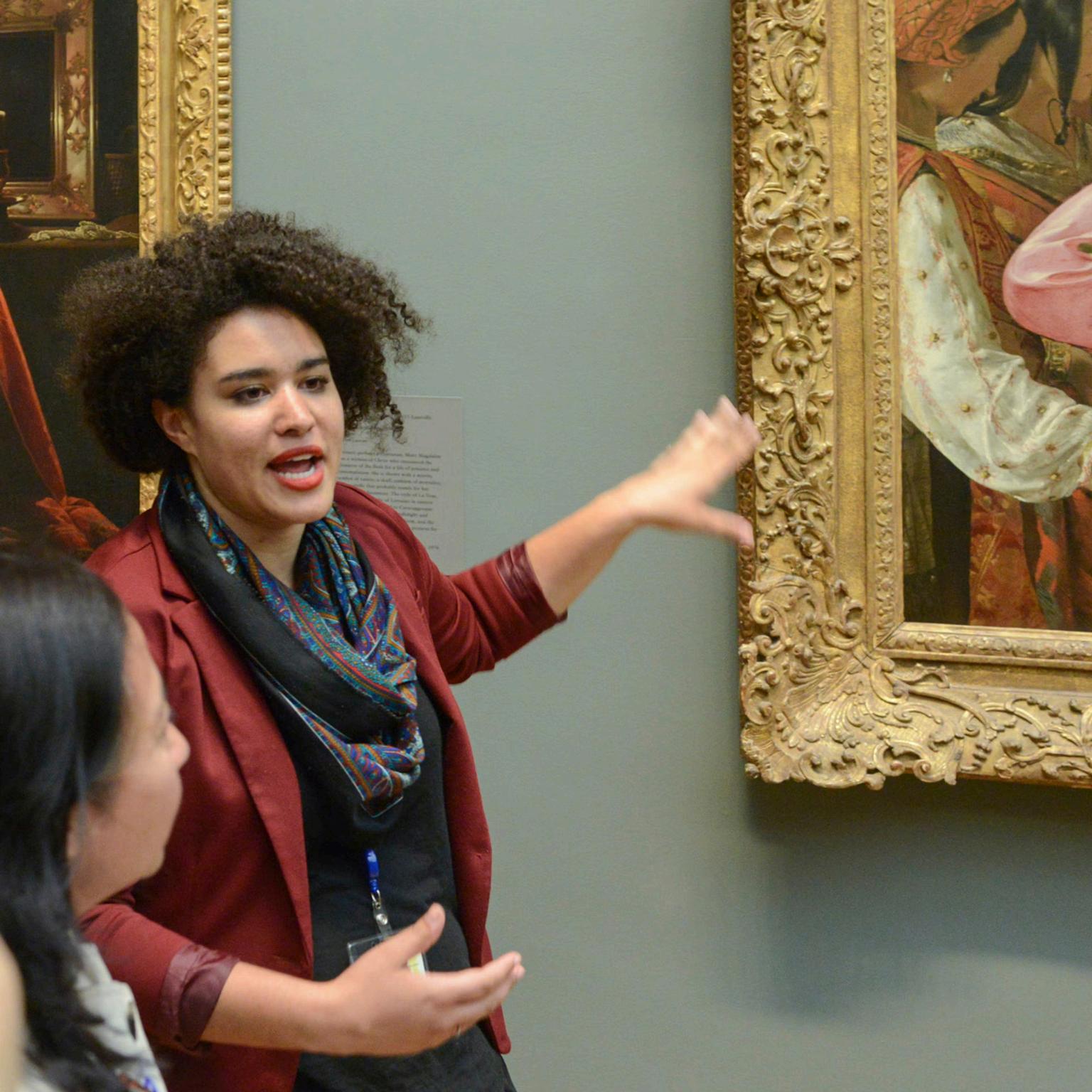
Sustainability and Innovation
Eco-Friendly Architecture: Designed with energy efficiency in mind.
Solar Power Integration: Solar panels help reduce carbon footprint.
Smart Cooling Systems: AI-driven climate control reduces energy waste.
Sustainable Materials: Constructed using low-impact materials for minimal environmental damage
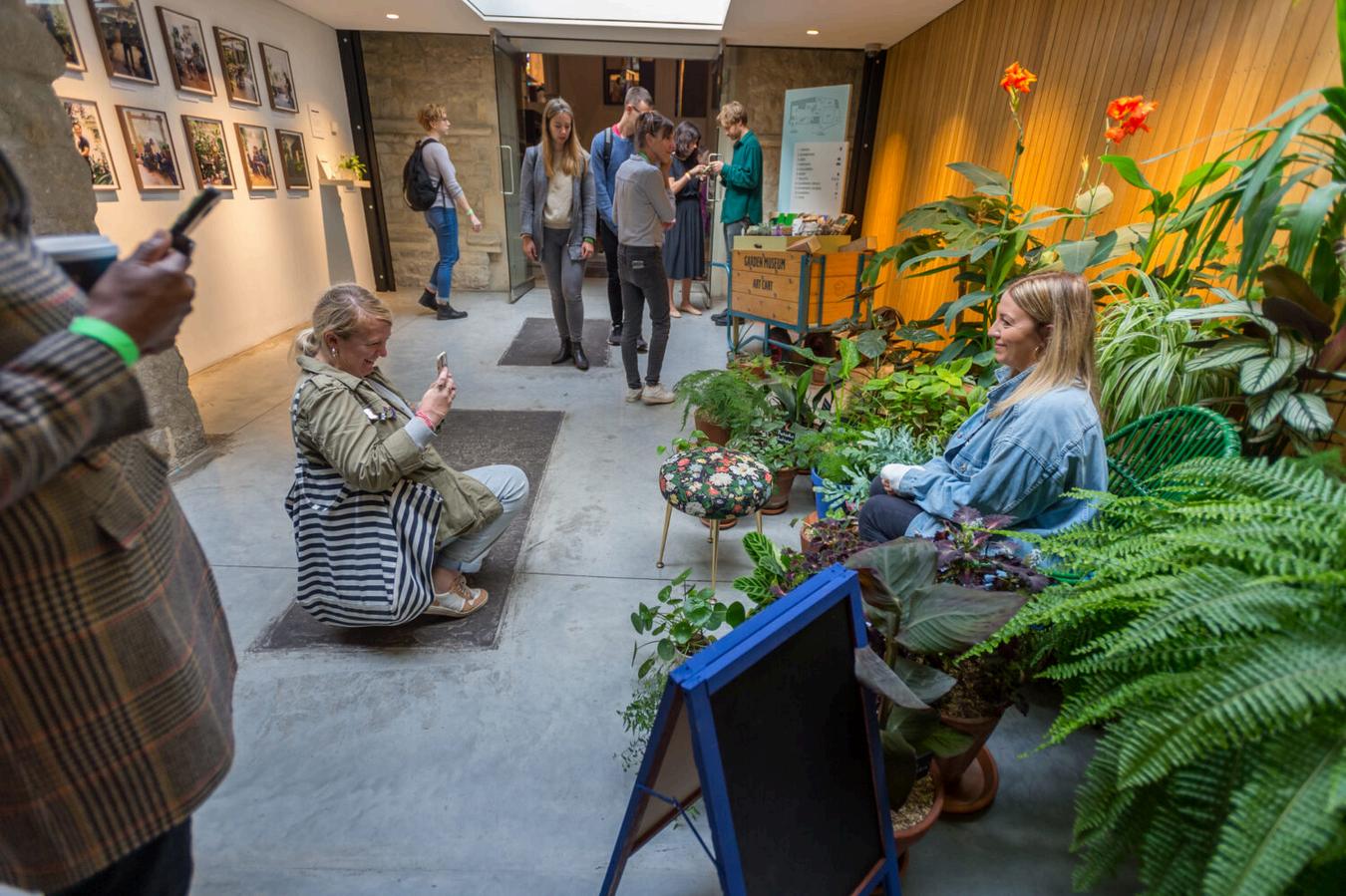

Accessibility and Visitor Services
Wheelchair Accessibility: Step-free access and elevators throughout the museum.
Assistive Technology: Hearing loops and audio guides available.
Special Seating Areas: Rest zones for elderly visitors and those with mobility needs.
Child-Friendly Facilities: Baby-changing stations and stroller access.
